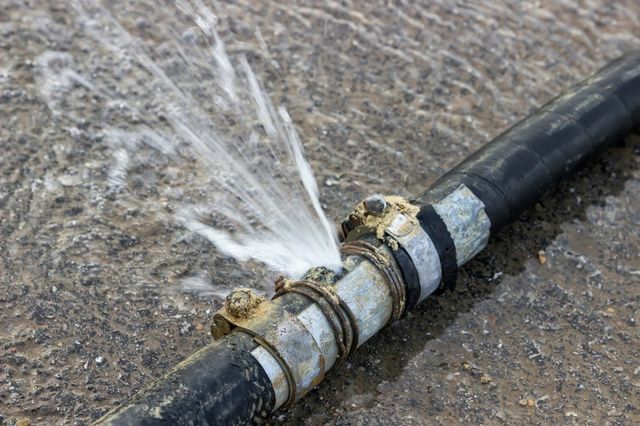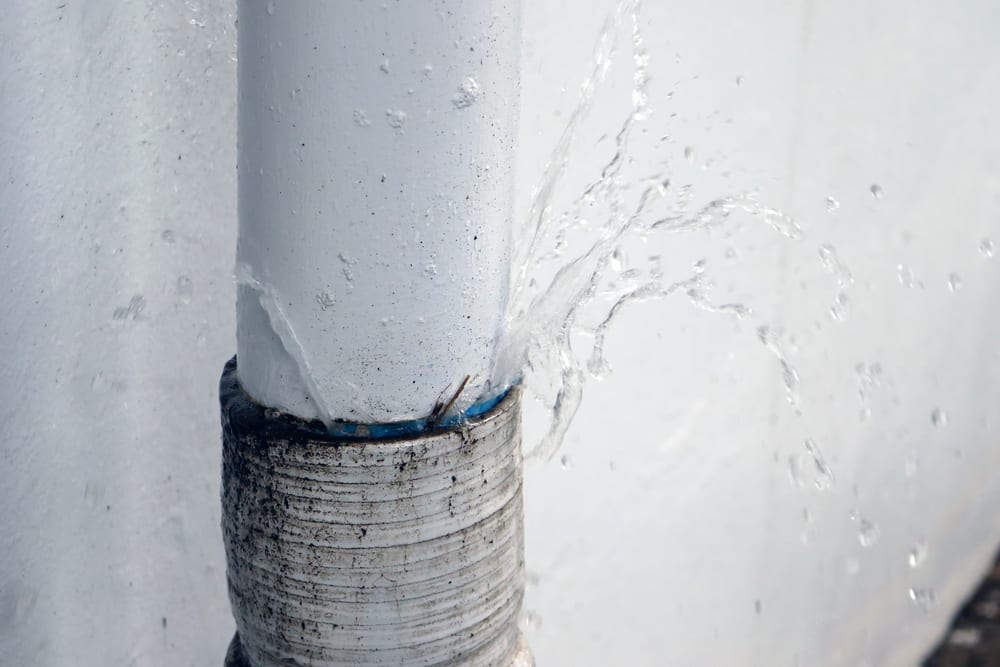Stop the Flood: Strategies for Detecting as well as Fixing Ruptured Pipes
Stop the Flood: Strategies for Detecting as well as Fixing Ruptured Pipes
Blog Article
They are making a number of good annotation regarding How to Prepare for Your Dishwasher Installation in general in this content below.

A ruptured pipeline is a significant emergency; you can just stand as you see water you pay a lot to rejoin with the planet. In even worse instances, you see a swimming pool on your cooking area flooring, which is a wonderful trip hazard, especially if you have children around. If the pipe that burst remained in your walls, bad news: you may require to paint that whole area.
Just how can a tragedy like a ruptured pipe be avoided and managed? Well, by paying attention to your specialist emergency plumbing technicians as well as following these policies.
Exactly how do I recognize when my pipelines have burst?
Fluctuating water stress
Pipelines do not simply burst in a day. You may have discovered that your kitchen faucet or shower does not run promptly when you turn the faucet. It may stop for a couple of seconds and then blast you with even more pressure than normal.
In other instances, the water may appear regular initially, then drop in stress after a couple of seconds.
Wet walls and also water spots
Before a pipe ruptureds, it will leak, most times. If this relentless dripping goes unnoticed, the leak might finish into a wide wound in your pipeline. One easy means to prevent this emergency is to watch out for damp wall surfaces ad water stains. These water spots will lead you right to the leakage.
Puddles under pipes and also sinks
When a pipe bursts, the discharge develops a puddle. It might appear that the puddle is expanding in size, and also no matter the number of times you mop the puddle, in a couple of minutes, there's one more one waiting to be cleansed. Typically, you might not have the ability to trace the pool to any noticeable pipes. This is a sign to call an expert plumber.
Untraceable dripping sounds
Pipe ruptureds can occur in one of the most undesirable locations, like within concrete, inside walls, or under sinks. When your home goes silent, you might have the ability to hear an aggravatingly persistent leaking sound. Even after you have actually checked your shower head as well as cooking area tap, the leaking might continue.
Dear visitor, the dripping might be originating from a pipe inside your wall surfaces. There isn't much you can do regarding that, other than tell a specialist plumber.
Shut off the Water
When water ices up, it expands in quantity by regarding 9 percent. And also it expands with significant force: The stress inside pipes may go from 40 extra pounds per square inch to 40,000 psi! No pipe can hold that much stress, so it breaks open. The break may take place where the ice forms, however regularly, it occurs where water pressure discovers a weak point in the pipe. That may be inches and even feet from the icy location. Find the water shutoff valve as well as switch off the water to stop more damages. You might also need to turn off the power too, depending on where the leaks occurs and exactly how large it is.
Infected water
Many individuals think a ruptured pipeline is a one-way electrical outlet. Quite the contrary. As water flows out of the hole or laceration in your plumbing system, pollutants locate their method.
Your water might be contaminated from the source, so if you can, check if your water storage tank has any type of problems. However, if your drinking water is supplied and cleansed by the city government, you must call your plumber promptly if you see or scent anything amusing in your water.
What do I do when I detect a ruptured pipeline?
Your water meter will certainly remain to run even while your water wastes. To reduce your losses, find the main controls and transform the supply off. The water pipe are an above-ground framework beside your home.
How to Fix & Detect a Leaking Pipe
How Do I Know if a Pipe is Leaking?
Leak detection tests can help you determine if your pipe has a leak. Even if you don’t see an apparent leak, you should still conduct leak detection tests regularly to save water and money—and prevent major damage to your home.
Water meter. It can be helpful to figure out what your usual water meter usage numbers are and then monitor them regularly. To monitor your meter, first, turn off all water faucets in your home. Check the meter and write down the numbers. In a few hours, check the meter again. If the numbers have changed, you have a leak. Water gauge. Use a water gauge to test your water pressure. Your showerhead should produce a certain amount of water pressure based on its model and design. If the pressure is lower than it is supposed to be for that specific showerhead, your home likely has a leak. Puddles. Look inside your bathroom, laundry, and kitchen sink cabinets. Puddles around the cabinets or around toilets, tubs, showers, and washing machines indicate the presence of a leaking pipe. You may also notice loose tiles, peeling or flaking paint, or mold caused by water accumulation. Napkin test. Even if you don’t see any puddles, you may still have a leak. You can test for water leaks in the bathroom, laundry, and kitchen by wiping below-sink connections with a napkin, paper towel, or piece of toilet paper. If it becomes damp, you probably have a leaking pipe under the sink. Discolored walls. Walls that are discolored—usually with brown or yellow stains—or bulging might mean that they have been impacted by water damage caused by a leaking pipe. Smell. A leaky pipe will create sitting water, and over time, that water may develop a musty smell. If your home smells musty, but you can’t locate the source, it may be due to a leak. Steps for Fixing a Leaking Pipe
A leaky drain can be remedied by tightening the pipe base, replacing the drain seal, caulking the rim, and tightening the pipe nut. Similarly, a leaking toilet pipe can be treated by tightening the packing nut. You may also need to replace the valve. A leaky faucet may just need tightening or replacement of the washers. If that doesn’t work, consider replacing your faucet. If your pipe has a hole in it, you may want to use a pipe leak sealer or pipe leak tape. This quick fix for water pipe leaks can also temporarily fix a copper pipe leak. https://www.ahs.com/home-matters/quick-tips/how-to-tell-if-pipes-are-leaking/

Hopefully you liked our post on How to Prepare for Your Dishwasher Installation. Thank you for taking a few minutes to read through our posting. Enjoyed reading our article? Please share it. Let another person find it. I praise you for your time. Please check our blog back soon.
Book A Service Call
Report this page